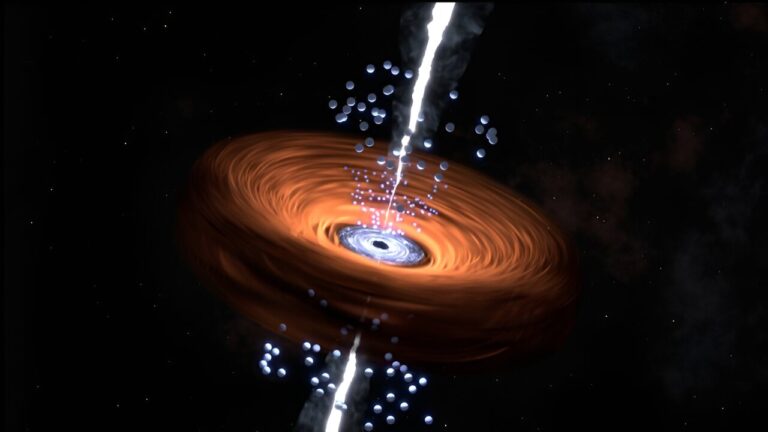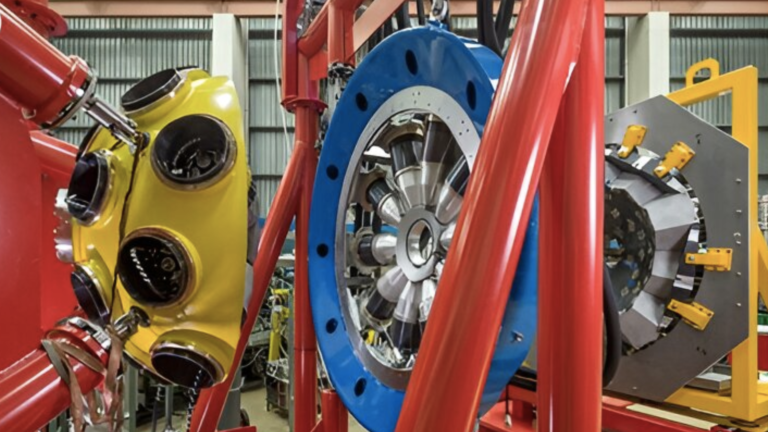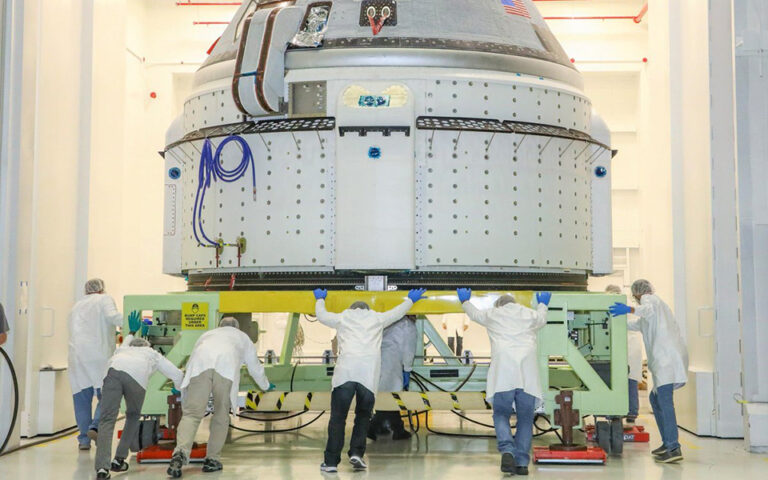For hundreds of thousands of years, the woolly mammoth thrived on Earth, measuring its majestic stride across frozen streams.
Then, something happened. The earth changed. And in an extremely short time, the mammoths (Mammuthus primigenius) became extinct, the last of them extinguished 4000 years ago, on the remote Wrangel Island in the cold Arctic north.
Although humans are theorized to have contributed greatly to their eventual decline, it is not clear what factors may have caused the climate change that put them at risk. One idea is that Earth was hit by a cosmic event nearly 13,000 years ago, warming the world beyond what was tolerable for mammoths and clearing the way for other species to flourish.
This is called the Younger Dryas Impact Hypothesis (YDIH), and to call it highly controversial would probably be putting it mildly. However, some scientists believe the idea has legs and have looked for evidence to support it.
One of them is archaeologist Christopher Moore of the University of South Carolina. “Some of our critics have said, ‘Where’s the crater?'” Moore says. “Right now, we don’t have a crater or a crater.”
However, Moore and his colleagues believe that evidence can be found if you conduct more than one surface survey of the Earth. And they also believe they’ve found some of it — in the form of minerals with properties, they say, best explained by a cometary impact.
frameborder=”0″ allow=”accelerometer; Play automatically; clipboard-write; encrypted media; gyroscope; picture-in-picture; web-share” referrerpolicy=”strict-origin-when-cross-origin” allowfullscreen>
In their latest paper, they describe some of these lines of evidence that in totalthey say, tell a compelling story.
These various pieces of evidence come from sediment layers excavated from sites around the world, all dated using radiocarbon analysis to around 12,800 years ago – the period in which the impact is thought to have occurred.
From around 50 countries worldwide, including North and South America, Europe, Asia and the Greenland ice sheetdata has appeared that could be an indication of the Earth’s encounter with a comet.
In ice cores excavated from the permafrost regions of Greenland, microparticles associated with widespread fires have been discovered – so-called combustion aerosols that spread throughout the atmosphere when the material burns.
In samples taken from other parts of the world, such as Syria, and three widely separated areas in North America, extremely high abundances of platinum can be found. Platinum, Moore explains, is rare in the Earth’s crust but relatively common in comets.
In the same sedimentary layer is an elevated concentration of tiny microscopic balls of iron called microspherules. These are formed when molten material sprays through the air, as happens when a meteorite either hits the surface or melts and explodes in the atmosphere.
And finally, researchers report for the first time the presence of impact-broken quartz grains in the Younger Dryas boundary layer across a series of well-separated areas across North America. This is quartz that exhibits microscopic fractures as a result of a significant impact.
“It’s like putting 75 elephants in a quarter,” says Moore. “It’s a tremendous amount of pressure that creates what we’re seeing.”
The biggest picture to emerge from these pieces of the puzzle is a comet that hit Earth about 12,800 years ago in an impact that may not have left a crater. If the comet had exploded in the atmosphere, the resulting shock wave could have passed over the surface to produce all the observed elements, similar to how the Tunguska event created a giant crater without leaving a deep scar on the planet’s surface.
However, it is far from a smoking gun. In a paper published in December last year, a team led by anthropologist Vance Holliday of the University of Arizona noted: “The evidence and arguments purported to support YDIH include flawed methodologies, inappropriate assumptions, questionable conclusions , misstatements of fact, misleading information, unsupported claims, unrepeatable observations, logical fallacies, and selective omissions of contrary information.”
So we’ll probably need a lot more data before the scientific establishment is even close to being convinced. However, other scientists point out that in the past many scientific theories that were once rejected or later disproved gained widespread consensus, so while it’s important to remain skeptical, it can pay to keep an open mind.
What cannot be denied is that the impacts of asteroids and comets are absolutely worth investigating in relation to large-scale environmental change, if not to understand history than to help guide our decisions for tomorrow. These events have changed the course of all life on Earth before, and although the Solar System is much quieter than it once was, the chance of another happening in the future is not zero.
The new paper is published in Airbursts and crater impacts.





